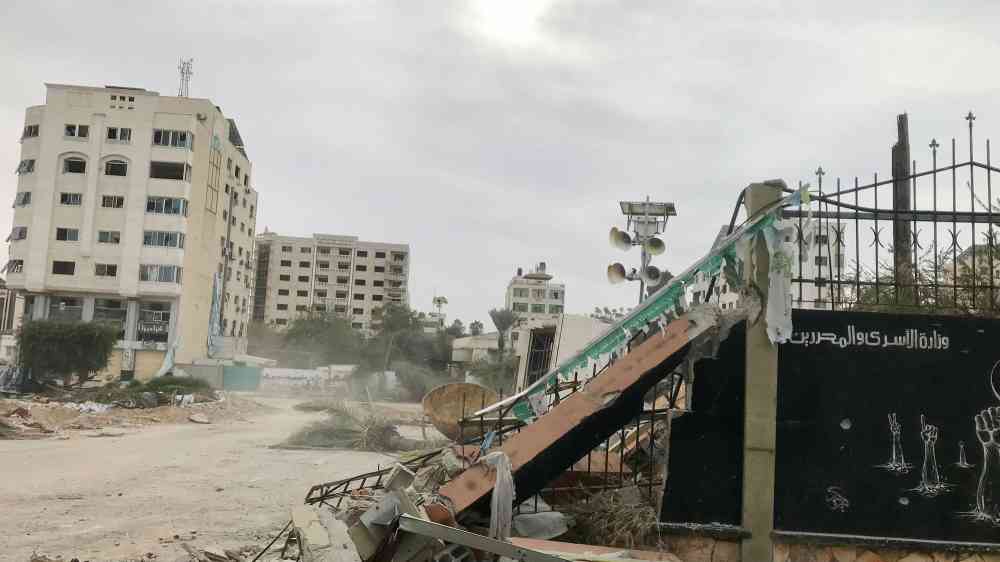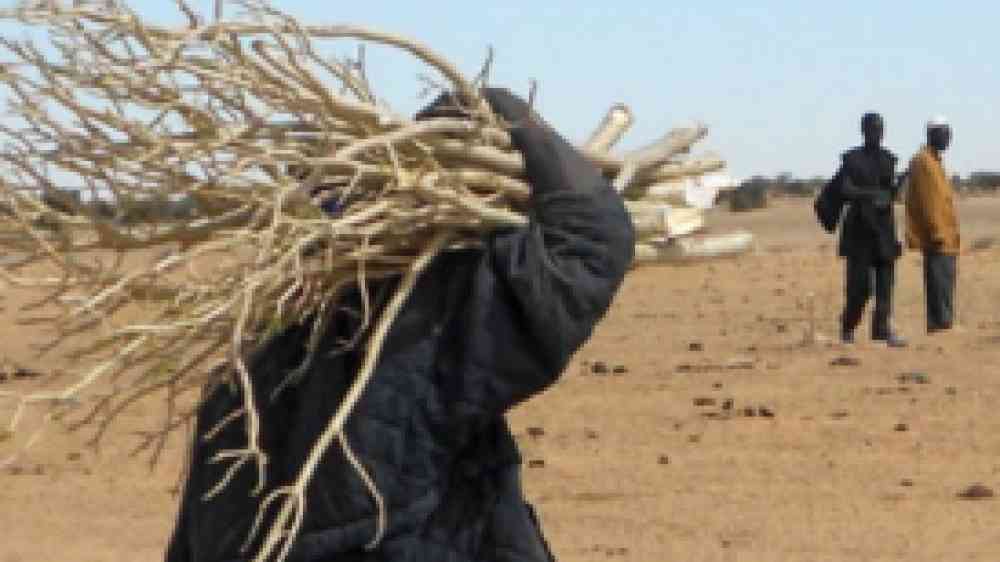Centre of Excellence for Climate and Disaster Resilience
The Centre of Excellence for Climate and Disaster Resilience (CoE) offers partners a space to identify and explore common challenges and possible solutions, to learn from practice and research, and conduct advocacy in support of collective and collaborative action to reduce risks to humans and ecosystems – especially the most vulnerable.
The CoE was established by the World Meteorological Organization (WMO) and United Nations Office for Disaster Risk Reduction (UNDRR) to bring together its members and partners to assist aligned efforts in support of those most at risk in a changing climate.

Workstream
Organizational arrangements and governance
Hosted in Geneva, the Centre of Excellence for Climate and Disaster Resilience (CoE) is overseen by the Steering Committee which is co-chaired by the WMO Secretary-General and the Special Representative of the UN Secretary-General for Disaster Risk Reduction and Head of UNDRR, and comprises the Principals of CoE member entities. The Steering Committee is supported by the Technical Advisory Group comprised of senior representatives of member entities, and specific working groups the membership of which will be nominated by member entities. It is envisioned that collaborating experts will be nominated will be convened from: a) relevant national, international and regional organizations b) research institutes and academia, and c) policy, financial, environmental and fiscal sectors.
As co-hosts, WMO and UNDRR are the core/lead partners for the inception phase. Other relevant UN and other international organizations as well as technical and scientific organizations will be invited to engage.
Our principles
- Working in a collaborative, transdisciplinary and integrated manner
The modus operandi of the CoE is built on collaboration as essential to the paradigm shift needed to ensure effective and comprehensive risk reduction and risk management. - Addressing underlying risk drivers
The CoE recognizes the critical need to address underlying drivers of risk – including but not restricted to poverty, inequality, exclusion, biodiversity loss and ecosystem degradation. So moving beyond hazard-centric approaches to also address vulnerability, exposure, and coping capacity. - Prioritizing highly vulnerable and fragile contexts
The CoE aims to identify and address the structural and non-structural barriers to effectively implementing risk reduction – including climate change adaptation – in vulnerable and fragile contexts.
















